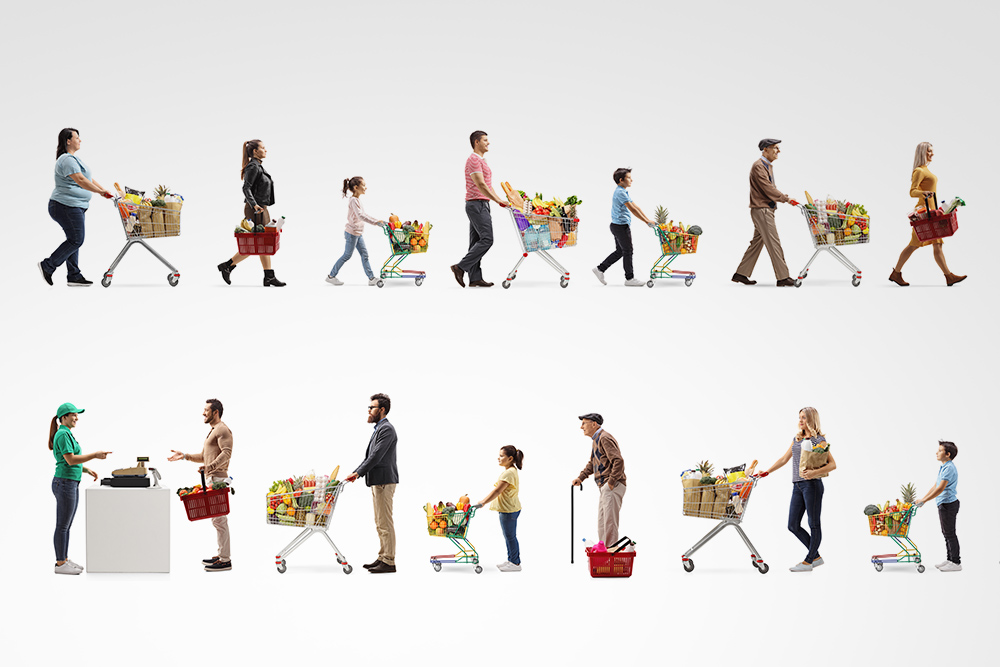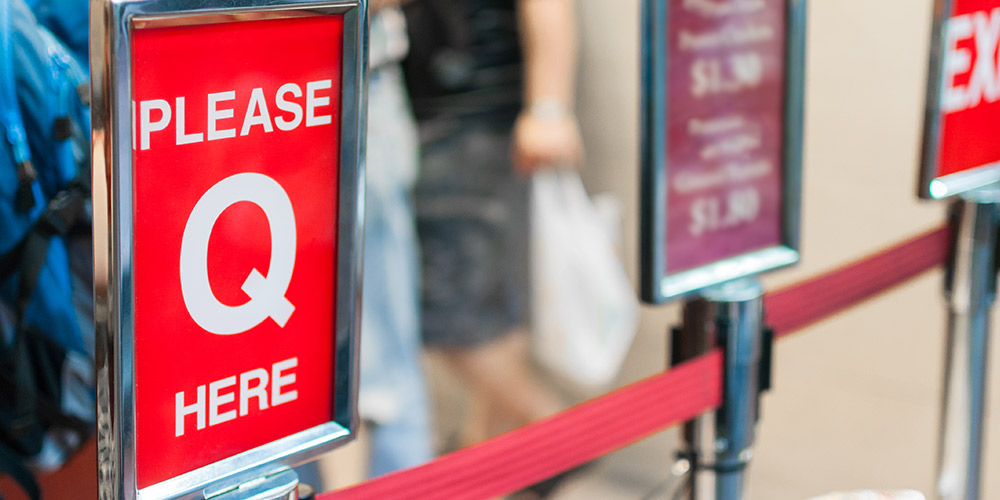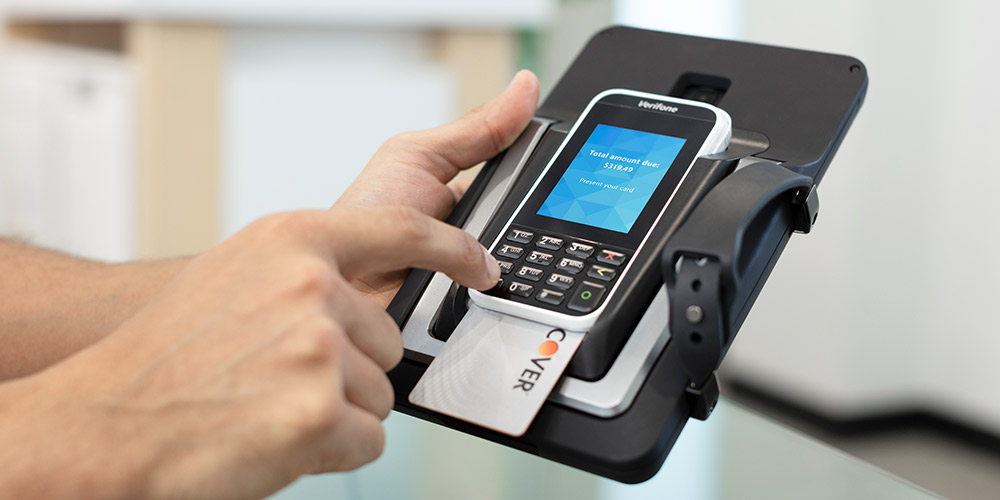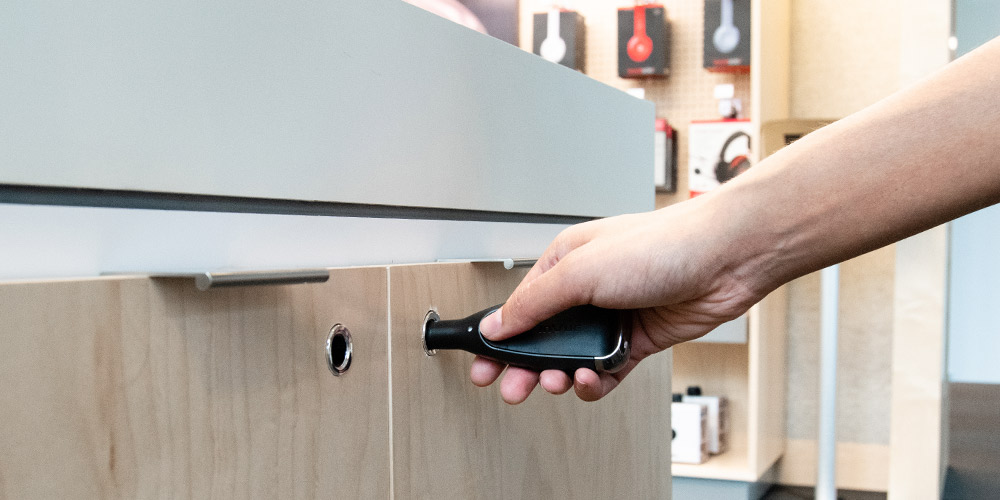Three ways to combat time spent in the queue

Ask Australian shoppers what their biggest bugbear is with bricks and mortar retail and chances are time spent in the queue will be among their top answers.
Whether it’s waiting to pay, waiting to pick up a click and collect order, or waiting to ask a question of a sales associate, time spent waiting currently ranks as the second greatest lost opportunity in retail, with a recent report finding it costs the sector $13 billion annually.
So, what’s the psychology behind our reluctance to wait, and how can you combat time spent in the queue?
The queue conundrum

The trouble with queuing is it involves a trade-off for both the customer and the retail manager. On one hand, the customer is seeking a service, but what’s it worth to them in terms of the wait?
A recent report by global payments provider Adyen found two out of three consumers abandon a purchase due to long lines, with Gen Y the most likely to walk away from a purchase if they wait too long in a queue.
So how long is too long? Well, that depends. Irisys reports that on average, retail consumers believe that 5 to 10 minutes is the maximum acceptable amount of time that they are prepared to wait in a line.
However, it also comes down to perception, with some environments more pleasant to queue in than others.
“If a line appears to be too long, or the time limit has been exceeded, most customers will make the decision to put their purchases back and walk out the door,” Irisys notes.
Meanwhile, Adyen found grocery, general retail, and fast fashion rank were the top verticals where shorter queues would increase shopper loyalty.
On the retail management side of the equation, combatting lengthy queue times often involves extra costs such as rostering on additional staff.
However, there are other simple strategies retailers can employ to reduce time spent in the queue, and they often also allow for extra efficiency in-store.
Simple strategies to combat time spent in the queue
Combatting time spent in the queue doesn’t always need to incur the additional cost of rostering on extra staff. Instead, it can be facilitated by a combination of technology and improved staff efficiency.
Here are just three simple tools that spring to mind.
mPOS

mPOS allows retail staff to take the register to the consumer. With the ability to conduct sales transactions on the floor, the technology can significantly cut time spent in the queue, and also allows for the swift implementation of additional registers.
mPOS also has a role to play in click-and-collect along with contactless pickup, enabling retail associates to reconcile orders, serve customers, and take payments wherever they are inside or outside the store.
Smart keys

Smart keys like the OneKEY ecosystem allow one electronic key to be assigned to each staff member. Each key can then be programmed to unlock relevant cabinets or even detach spiderlocks and display items.
OneKEY reduces the time spent by sales associates seeking out the right key for the right cabinet. When combined with tools like Access Manager and InVue Live, it also allows management to track which locks are accessed, when and by whom to give an insight into popular items, while protecting products from theft.
Traffic counting and analytics
Technology like traffic counting combined with sales analytics provides retail management with an insight into trends occurring in-store. It allows them to understand likely periods of high demand, and staff the store accordingly.
Over time, this data also illustrates retail patterns, such as weather that might drive increased foot traffic, or events that will prompt a surge in consumer demand.
The final word
The time that consumers spend in the queue costs retailers on two fronts.
Firstly, it impacts the customer experience instore at a time when every customer who ventures into the real-world environment matters.
In addition, it also takes a financial toll through purchase abandonment and lost opportunity.
You can learn more about the tools that are revolutionising retail and the customer experience here.